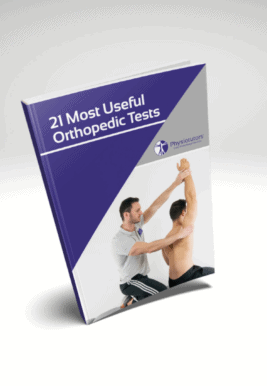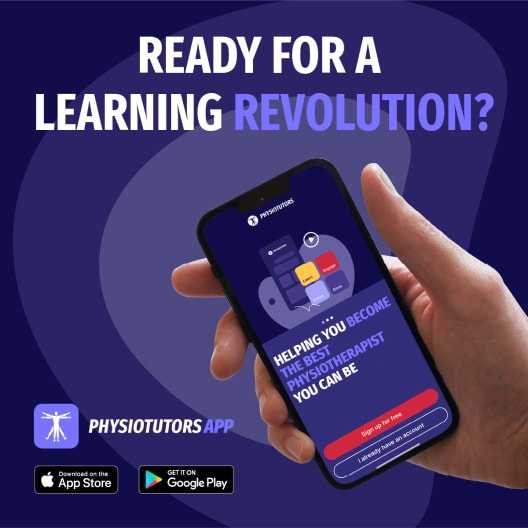Learn
Tabletop Relocation Test | Posterolateral Instability
Posterolateral rotatory instability, abbreviated as PLRI is the most commonly encountered pattern of elbow instability.
PLRI typically occurs as a result of a fall on the outstretched arm, generating an axial load, valgus force, and an external rotational movement (torque) about the forearm with respect to the humerus. This causes the radial head and proximal ulna to subluxate posterolaterally away from the humerus in a rotatory fashion detaching or tearing the lateral collateral ligament complex in stage 1. In a more severe stage 2, the tissue disruption progresses anteriorly and posteriorly around the elbow to the medial side and in stage 3, the injury involves the medial collateral ligament or even the common flexor-pronator origin.
Arvind et al. (2006) did a diagnostic study on the Tabletop relocation test and found a sensitivity of 100% with unknown specificity. For this reason, we give this test a questionable clinical value in practice.
The table-top relocation test makes use of the patient’s body weight to create an axial load, and valgus torque at the elbow resulting in posterolateral subluxation of the elbow.In order to perform the test have your patient stand in front of a table with his hands placed over the lateral edge of the table, elbows pointing laterally, and the forearms supinated. Then ask the patient to press up with the symptomatic arm.
This test is positive if the patient’s symptoms are reproduced or if he has apprehension at around 40 degrees of elbow flexion.
To confirm your findings, now reproduce the test with the examiner’s thumb on the radial head. This should relieve symptoms as the radial head is prevented from dislocation. To further confirm your findings, the patient flexes the elbow to around 40 degrees or the most symptomatic position from step 1 with the examiner’s thumb on the radial head. >Then the examiner removes the thumb. The findings are confirmed if the patient reports pain or apprehension again.
21 OF THE MOST USEFUL ORTHOPAEDIC TESTS IN CLINICAL PRACTICE

Other common orthopedic tests for PLRI are:
Like what you’re learning?
BUY THE FULL PHYSIOTUTORS ASSESSMENT BOOK
- 600+ Pages e-Book
- Interactive Content (Direct Video Demonstration, PubMed articles)
- Statistical Values for all Special Tests from the latest research
- Available in 🇬🇧 🇩🇪 🇫🇷 🇪🇸 🇮🇹 🇵🇹 🇹🇷
- And much more!








